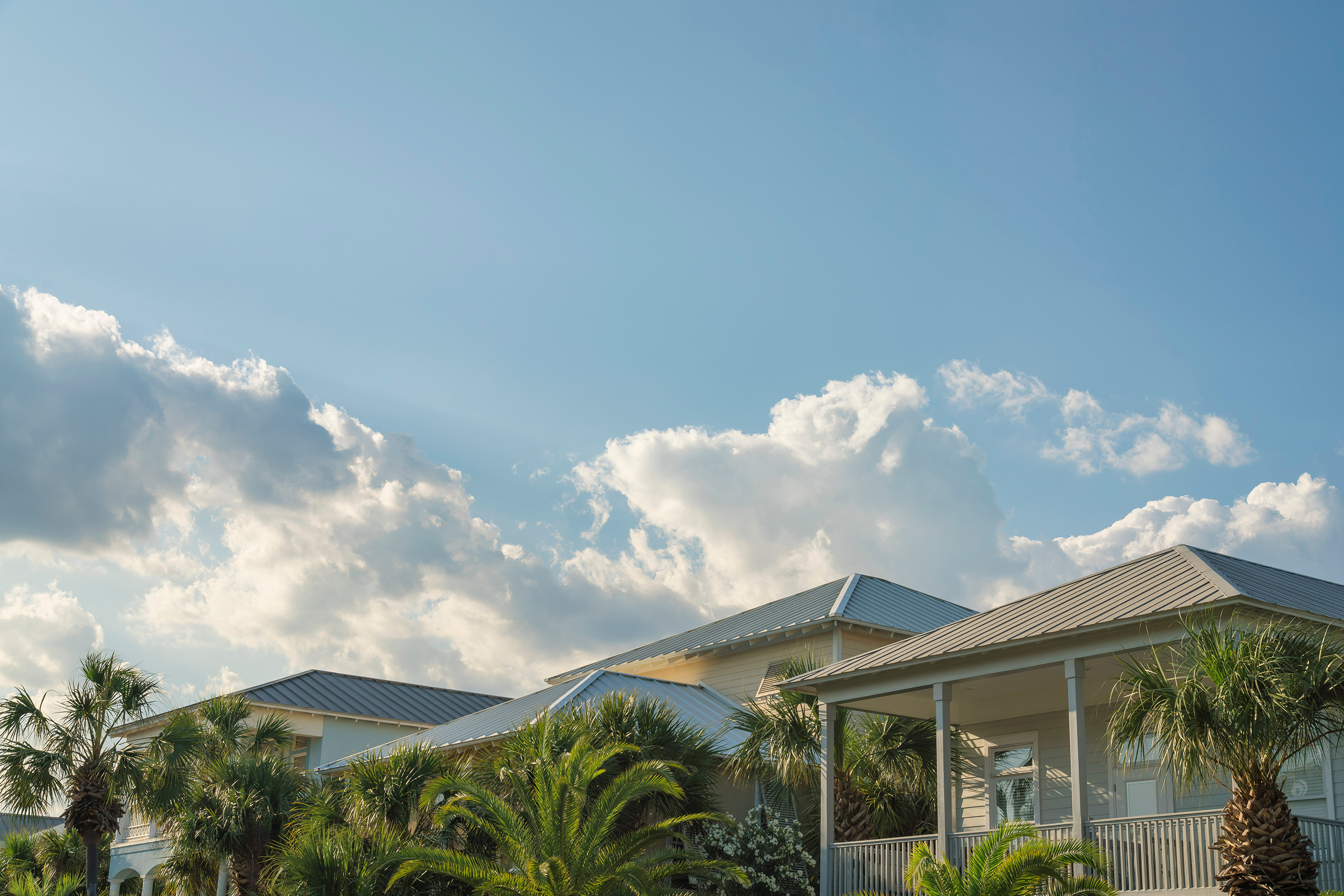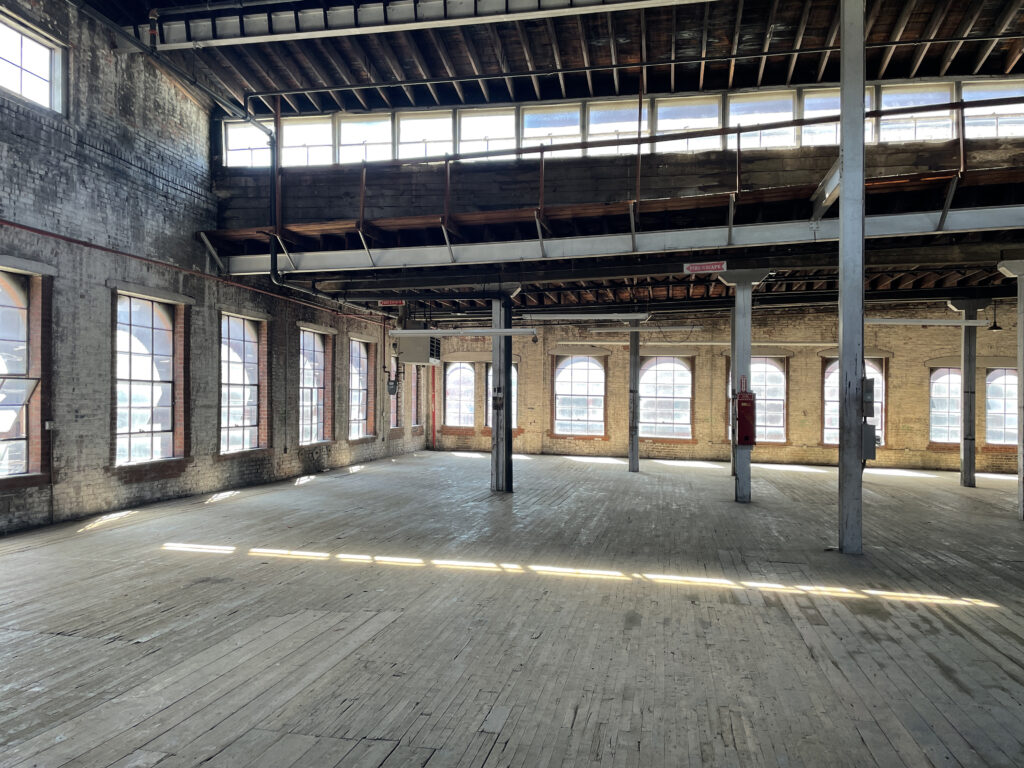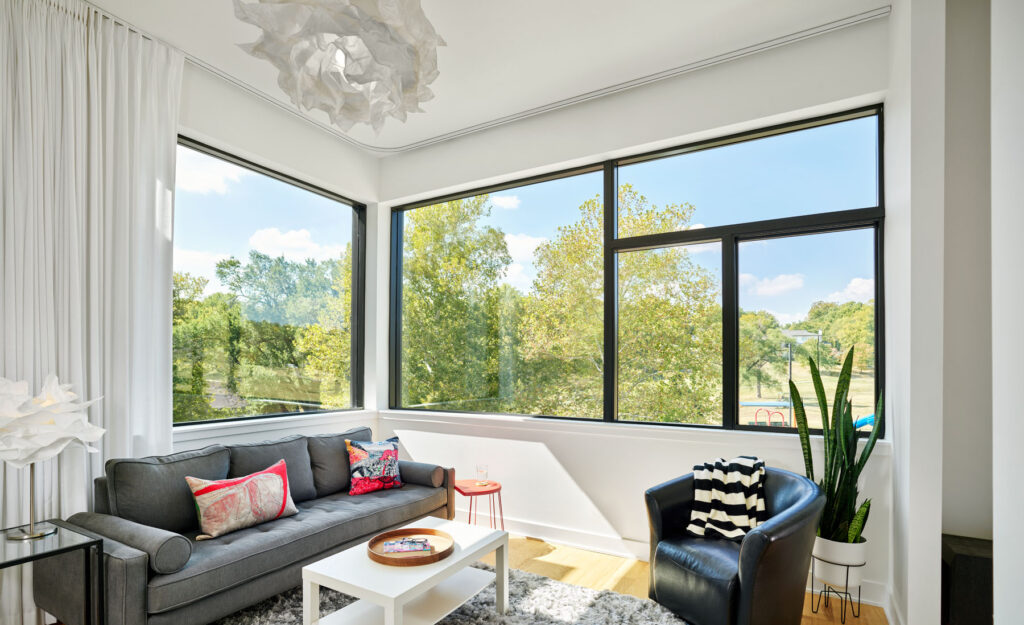On our vacation, we often go down to the Seaside, Florida area and spend time biking through the various New Urbanist planned communities there: Alys Beach, Prominence, Rosemary Beach, Seaside, WaterSound, and WaterColor. Developing over the past 25+ years, some of these communities are still being built out, and what is clear is that the popularity and economic success of the region has grown astoundingly.
These “towns” do many things very well; they are aesthetic and implement quality architecture. They are community-based. You get a sense of place through a continuity of style. They integrate walkable sidewalks and pathways for multi-modal transportation and enough commercial and residential mixing to give people places to go, shop, eat, and recreate.
They are resourceful. Surrounding the developments, natural resources are protected, and sand dunes, wetlands, and pine forest areas are carefully managed. Trails and bike paths connect community to community; you can go without a car for weeks. You might need a golf cart- but not really.
This accessibility leads us to the smaller scale of the streets and downplayed integration of cars. How the infrastructure is designed makes people primary and cars secondary, if not tertiary. Landscape architecture might be secondary, but it is also carefully considered.
These are some of the key features of New Urbanism that my mentor, Daniel Solomon, thought about when he helped write the Charter for New Urbanism, along with Andrés Duany and Elizabeth Plater-Zyberk, who are the pair that led the charge in planning this Florida resort project.
As Robert and I visited with our kids now for the dozenth time, we talked about what a Positive Impact Design version of a planned community would look like. For all the things the region gets right, many aspects could be improved. We would keep all the intentionality and outstanding placemaking of New Urbanism, but dreaming about the ideal place we want to live in, we’d reinvent it as Positive Impact Design.
There is, for example, no recycling in Seaside or in our development, Prominence. Rosemary Beach struggles to balance pedestrian and bike traffic. Alys Beach claims to be a “sustainable development”, but the cost is exorbitant with prices starting in the $4M range for a townhouse. It is certainly not economically or culturally diverse. There’s a clear segregation in some establishments where the people being served are mostly white and the servers are mostly Black, Indigenous, and people of color. Affordable and workforce housing is non-existent – not atypical for a vacation destination – but problematic all the same.
The local utility is a well-run co-op, but solar panels or other green energy solutions are limited, if allowed at all.
What if these communities could embody the full potential of Positive Impact Design?
What if solar and wind powered the entire area on a smart grid? What if water was collected and recycled to provide clean and safe water without impacting local freshwater supplies? What if there was no gas so greenhouse gas emissions would be minimized? And what if all the cars were electric and could be charged from the solar and wind-powered grid?
What if the food waste was composted and became nutrients for new food to be grown, and there was city-wide pick up of compost? What if all waste was recycled? What if there was no landfill? What adjustments would need to be made to make that a reality?
What if affordable housing options were mixed with luxury homes and economically accessible homes were the norm?
This positive impact vision is the next evolution of planned communities – a place that is community-based, aesthetic, resource-positive, economically responsible, and socially and culturally diverse. Let’s build it!




